Discount Sports Retailer Decathlon returns to America, but is it welcome?
A modern day souk for low-priced sporting and outdoors equipment, French conglomerate Decathlon doubles down on cracking the US market despite red flags.
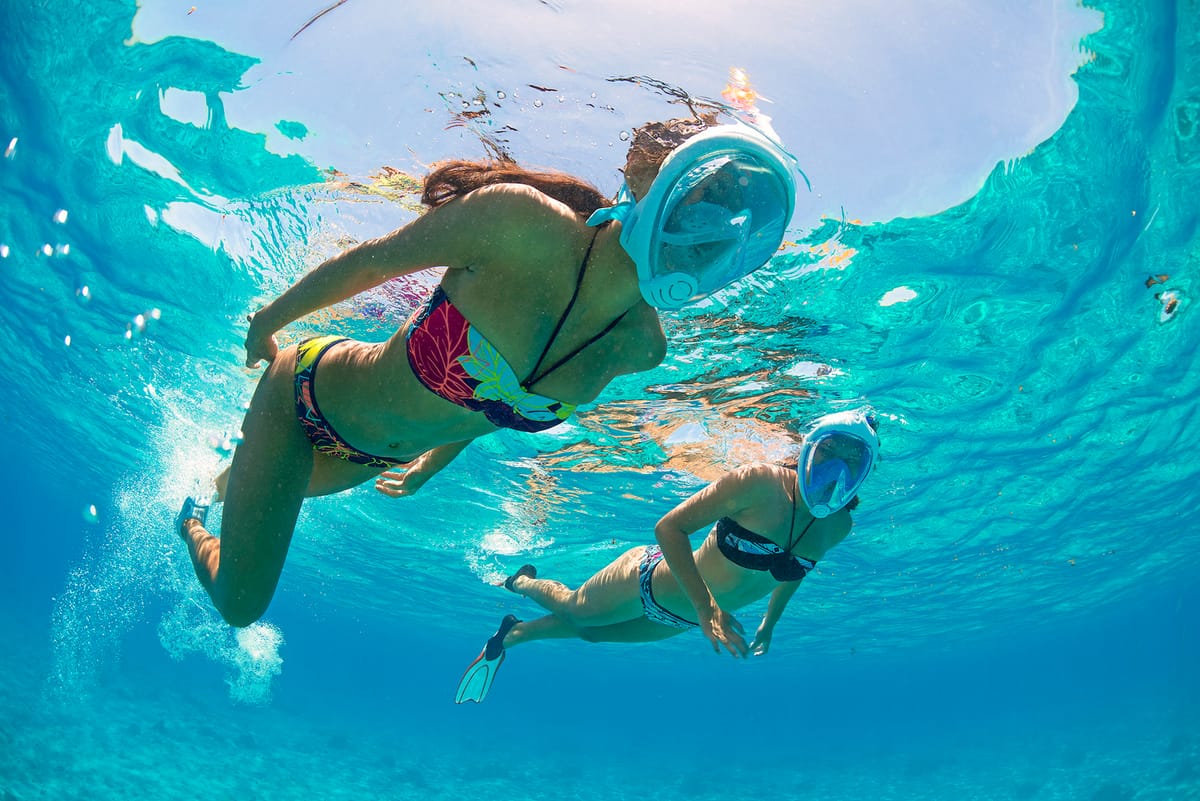
Read this before you shop.
I spent my first 30-some odd years living in America. I grew up with Dick’s Sporting Goods and MC Sports, those one-stop-shop places for Americans to find all their outdoor sporting needs. What’s that you say? You’re in need of a lacrosse stick, a paintball gun AND a sports bra? And you need them all today? Dick’s has got you covered. I used to enjoy walking slow laps around the aisles, perusing each section of gear. Some people unwind by reading a magazine. I find my happy place wherever the gear is.
When I moved to Europe two years ago, I needed to recalibrate. Where would I find the headlamps and scuba gear that I would surely be using in my new life abroad? My search for a new gear mecca ended quickly when I discovered Decathlon. I have to admit that the first time I entered Decathlon, I reacted like Mitchell in Modern Family the first time he visits the low-price, high-volume wholesaler Costco - initially reluctant, he quickly becomes overwhelmed by the sheer volume of items to be got, “Cam, what is this place?”
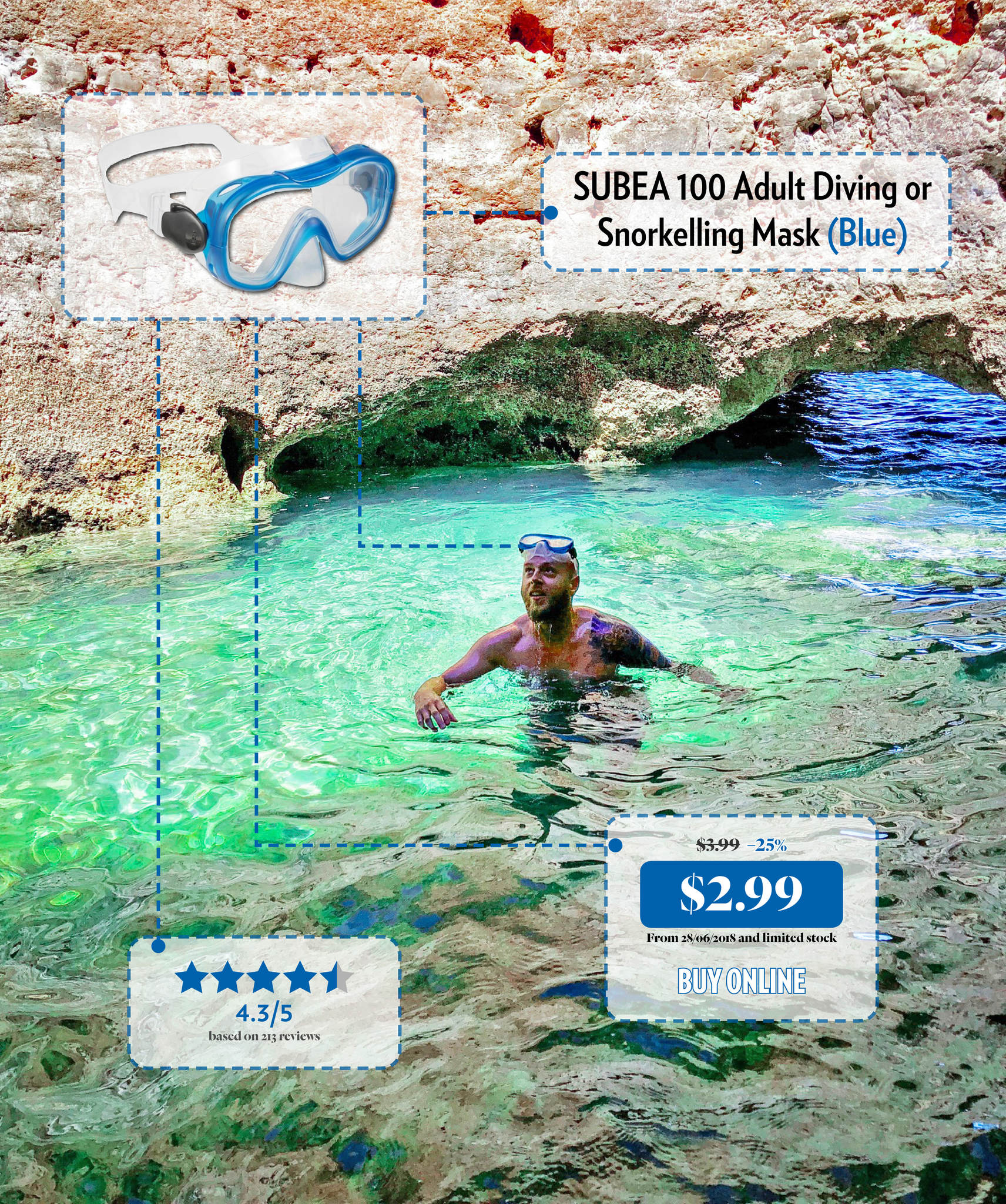
Decathlon, a French company, is actually the largest sporting goods retailer in the world with over 1300 stores in 39 countries, earning an €11 billion turnover in 2017. You’ll find its products all over Europe, with unique brand names for each sporting category, like Caperlan for fishing and B'Twin for cycling.
Like some transatlantic giant stepping across the ocean, Decathlon has set North America in its sights.
Despite a false start with its initial foray into the US market that ended in 2006, Decathlon has re-launched a flagship store in San Francisco and, starting this week, anyone in the US can buy from Decathlon online. Like some transatlantic giant stepping across the ocean (paraphrasing Lincoln's Lyceum address), Decathlon has set North America in its sights.
Now, I know what you’re thinking, “I don’t watch the Tour de France, so I’ll stick with the store I know.” But you might be surprised to discover the wide range of gear that Decathlon offers.
Full disclosure, I’m a regular at Decathlon. I’ve purchased snorkel masks (5 euros), camo t-shirts (5 euros), boxing gloves (29 euros) and more. The amount of items you can get for right around 5 euros is astonishing. Within the giant warehouse-like structure, you'll find higher-ticket, repeat use items as well.
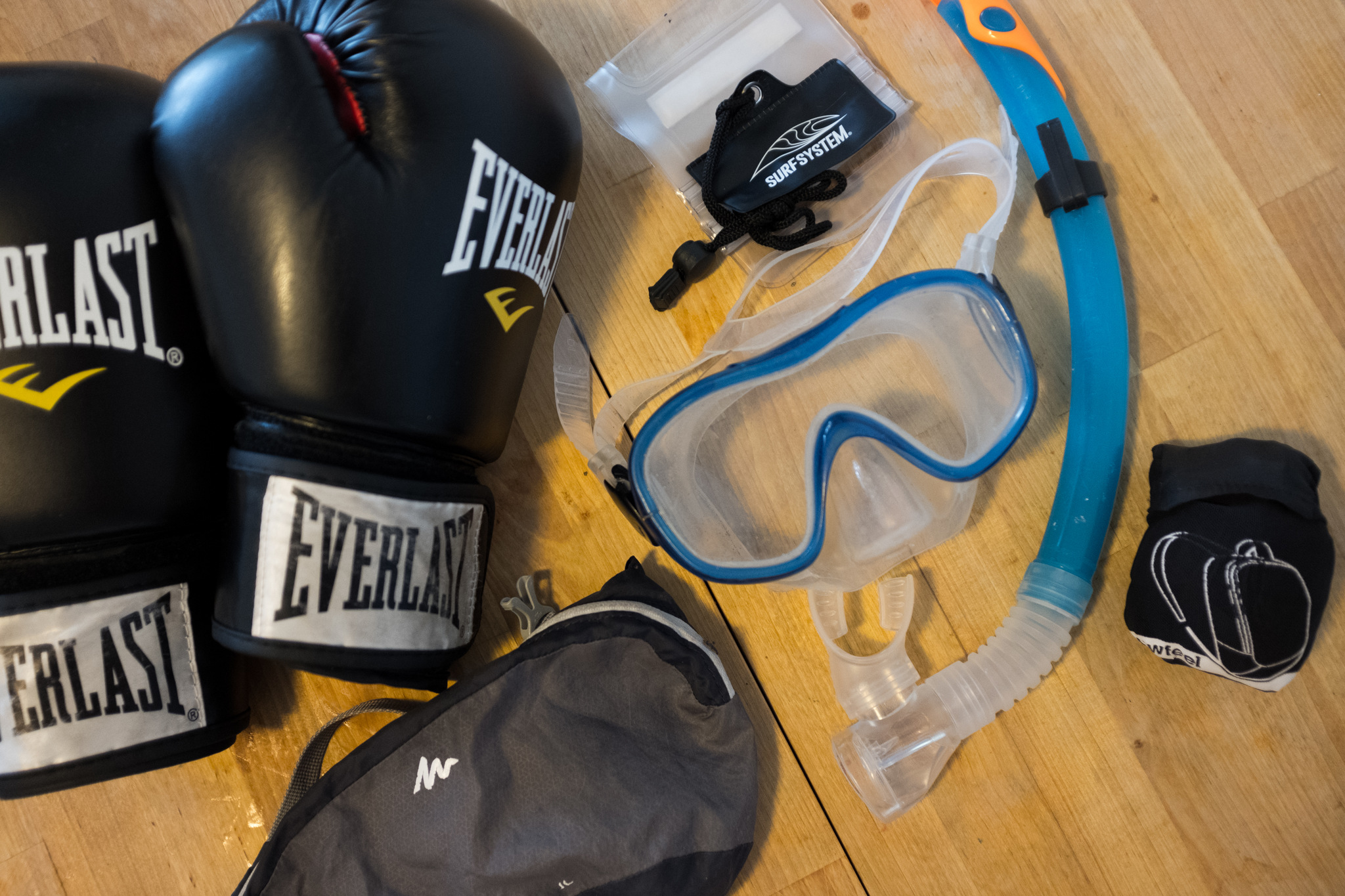
I bought my first pair of climbing shoes there for 30 euros (just shy of $35 bucks), because I was invited on a climbing trip but not sure how committed I would be moving forward. Even a beginner pair can easily cost you 80 bucks in the States.
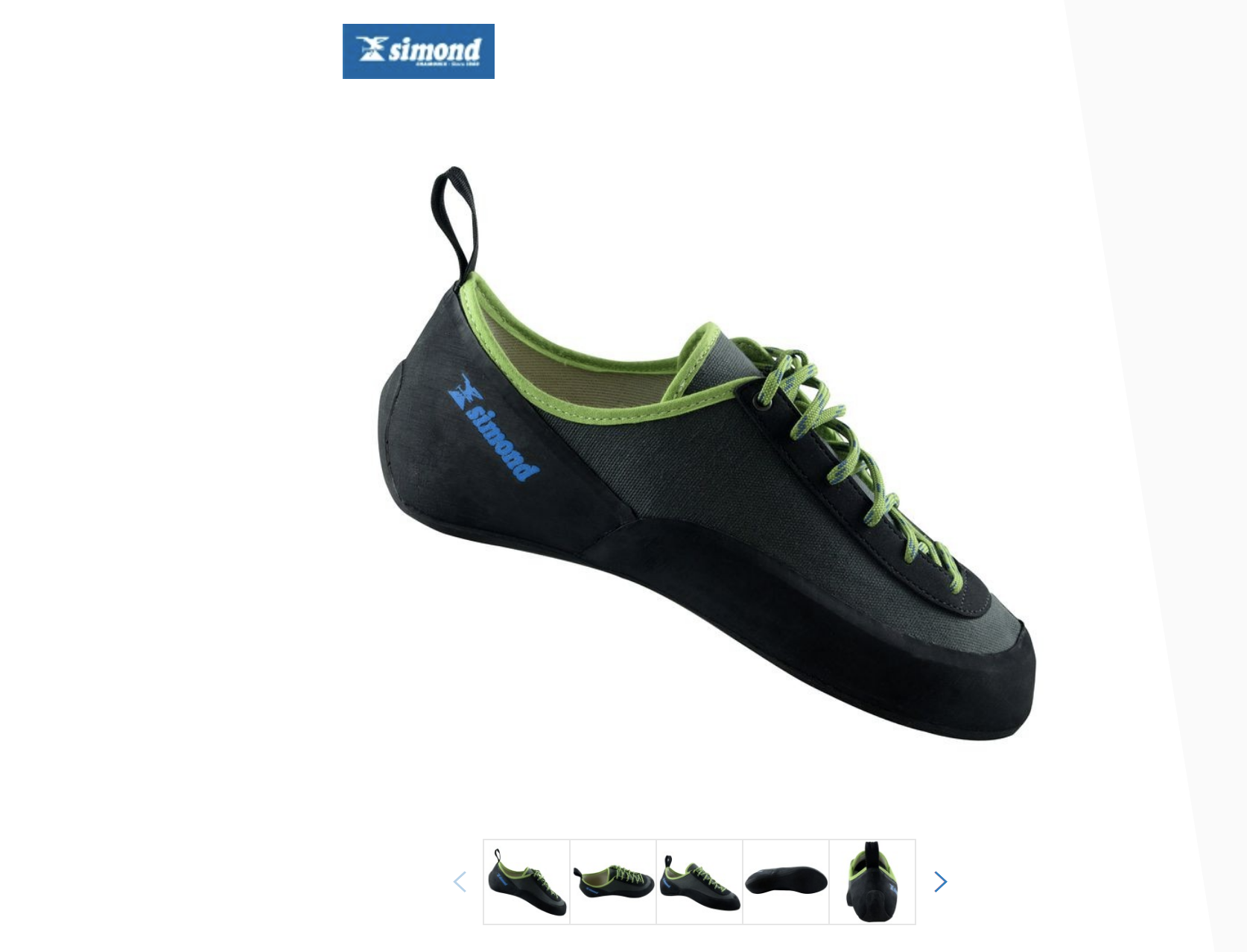
But my most used purchases are the small 3L and 10L bags that roll up into pouches that fit inside my pocket when not in use. They rip easily and need to be replaced often, but they’re cheap and they sure do come in handy.
Will American Consumers Buy Into the Discount Model?
1. Basic Look
After Decathlon’s failed first launch in the US over a decade ago, the jury is still out on whether American consumers will forgo their familiar gear retailer for Decathlon’s ultra-low priced items. Firstly, although the low price point is irrefutable, one would be hard-pressed to argue that Decathlon’s products are stylish. The colors and cuts are not on point with trendier fashion brands like Lulu Lemon which, of course, are exorbitantly expensive in comparison (a pair of Lulu Lemon running shorts will run you over $60).
2. Wrong Fit
Secondly...and how can I put this delicately? Americans are fatter. Even Vogue is publishing articles about how women can get deeper into pig butchery and sausage making. Sodas, office chairs and a generally more sedentary lifestyle keep American belts tight compared to slimmer Europeans. Decathlon Europe's slim-fitted garments reflect this. With their new US launch, we can expect a flood of return items from the online store, stained with disappointment.
3. Quality Matters
Thirdly, the downside of a low price point is that it usually holds hands with low quality. How many sports can you try without spending a grand just for your starter-pack of gear? I’d say that Decathlon’s products are good enough for entry level outdoorsmen and women. With Decathlon, you can dip your toes into a sport without breaking the bank. That said, The Outdoor Journal has previously tried and tested higher-end Decathlon gear elsewhere, and found the more expensive products pretty sturdy - TOJ's Editor-in-Chief hiked deep in the Himalayas for over a week, wearing a pair of Forclaz Men's 500 boots (this article's lead image is probably around Day 5), which were full-grain leather, made in Romania, and stood up well to trek.
A slow fashion movement is gaining traction in the mainstream that could send Decathlon retreating back to Europe for the second time in a row.
The flip-side of Decathlon’s unrivaled high turnover per square meter of retail space is that it’s highly unlikely to be considered environmentally sustainable. A slow fashion movement is gaining traction in the mainstream that could send Decathlon retreating back to Europe for the second time in a row. For example, Patagonia’s Worn Wear initiative keeps gear in action longer through a repair policy that allows consumers to purchase refurbished garments and also get paid to recycle used gear. Patagonia makes gear to last. Decathlon makes gear that can be used more than a few times, but not more than a few seasons.
Serious Human Rights Concerns
As much as I love my gear sanctuary, it pains me to point out another red flag that’s come to my attention.
You can get a pair of men’s high-top hiking boots for 50 euros at Decathlon, but do the boots pass the sniff test?
When I need to stock up on gear for an upcoming trip, I get that nervous buzz. Despite my initial excitement at the affordable price, when I take a closer look and see a label that says “Made in Sri Lanka,” I’m immediately skeptical. I pause, wondering about the wages those workers are being paid as well as their living conditions. How many hours of overtime are they working and for how much?
I decide to perform a little detective work. When I type “Decathlon labor” into Google, the top, and only autocorrect result is “Decathlon Child Labor.” Not a good start. Then I navigate to Decathlon’s FAQ on their site. I’m expecting to see information about where to send return items, or how to contact customer service. Instead, I find only three questions. All three questions relate to child labor, inspection of subcontractors and working conditions. Clearly Decathlon is aware of a growing public perception of the company as a wrongdoer when it comes to social responsibility.
80% of Decathlon's production takes place in Asia, according to its 2017 Sustainable Development Report. For a breakdown, that's 49.8% North Asia, 16.9% Southeast Asia and 14.3% Southwest Asia - areas where undeclared outsourcing, forced labor and even child labor persist.
In 2017, Karin Finkenzeller of Zeit Online shed light on the fact that Decathlon has been flagged for shady treatment of the workers in factories run by its contractors in Sri Lanka. Violations included low wages and overlong shifts. But these strong allegations have not put the kibosh on Decathlon’s plans for global domination.
Continuing my detective work, I reached out to Decathlon, Patagonia, REI, Mountain Hardwear, Fjällräven, Dick's Sporting Goods, and The North Face, among others, and Decathlon, Patagonia and REI replied with links to their sustainability reports. So I dug a bit deeper.
Sustainability Matters
Sustainability is something that I care about as a consumer and it’s a foundational principle of The Outdoor Journal. It’s important to treat the environment in a way that ensures the next generation can enjoy it as well.
Decathlon racked up over 120 million tonnes of Co2 emissions to relocate their goods from the point of production to the point of sale.
Decathlon's total CO2 emissions in production piled up to 8.2 million tonnes of CO2 equivalent in 2017, a 14.8% increase from the year before. According to the EPA, that CO2 output equates to the annual energy use of about 800,000 homes, the same annual greenhouse gas emissions of over 1.5 million passenger vehicles and it's also the amount of carbon sequestered annually by 60,000 acres of forest preserved from deforestation.
Only 20% of all Decathlon items sold in Europe were actually produced within Europe last year. In plane transportation alone, Decathlon racked up over 120 million tonnes of Co2 emissions to relocate their goods from the point of production to the point of sale (with another 68 million by sea).
In a report by Rankabrand, which takes into account materials used, treatment of hazardous chemicals and working conditions, Decathlon’s gear and apparel brand Quechua scored an “E - Don’t Buy.” The report concludes, “It is hard to see the effort Quechua is making on sustainability. “ In contrast, Patagonia has achieved the C-label, citing the company is on its way towards sustainability, but more improvement is needed. Patagonia’s C rating might be a surprise to you. If it seems too low, that’s a reflection of their successful brand marketing campaigns that influence public perception. Decathlon purposefully spends little on marketing and PR (which is one way it keeps its prices low). That may not help it in the US market, which relies greatly on hefty marketing budgets to influence audience perception.
Furthermore, according to Ethical Consumer, Decathlon violates social responsbility standards by conducting operations in oppressive regimes. It scored the worst rating for its cotton sourcing policy and also the worst ration for supply chain management. Last year, only 4% of Decathlon's total cotton consumption came from organic sources.
Audits Conducted In-House
But how does Decathlon continue to grow and expand with these sorts of social violations? The answer is, Decathlon relies on self-policing. It appears that human rights and worker safety audits required by law have largely been assigned to an in-house team dedicated to humane treatment in the supply chain. This is according to Bipiz.org, an independent company that reviews best practices in corporate social responsibility (“CSR”). If Decathlon's internal production teams assume responsibility for monitoring the company’s adherence to corporate health and safety standards, therein lies a conflict of interest.
To Buy or Not to Buy, That is the Question
At its core, Decathlon is a French family institution. It’s the how and why French families get into any sport or outdoor activity - because it’s so affordable. From their kids’ first footballs to their first snorkeling fins or climbing shoes, it’s all from Decathlon - until someone really needs to “level up” and buy a “serious brand.”
If you’re new to the outdoors and want to try skiing or camping, Decathlon offers you a way to gear up with skis, down jackets, tents, headlamps and everything else you need, all in one place, at discount prices. The quality might be lower than more established outfitters like Patagonia, but once you learn whether or not you’re committed to the sport, you can always upgrade.
QuechuaDomyosItiwit
However, Decathlon’s low-price, high-turnover model is worse for the environment than production models that keep sustainability in mind. Then again, maybe it's not fair to single out Decathlon for outsourcing its labor. Nearly every brand on the planet is guilty in one respect or another. I was in an Eddie Bauer store yesterday, and nearly everything is made in China or Vietnam or India - none of which are well known for consistent enforcement of Western labor laws. Five years after the Bangladesh Rana Plaza factory collapse, the deadliest garment factory disaster ever, killing more than 1,100 people, business seems to be continuing as usual for Western brands like Nike, H&M and Zara.
We don’t have solid evidence that Decathlon, or its contractors, take advantage of child labor or abusive working conditions. However, one byproduct of the way Decathlon has diversified its branding into niche activity brands is that it reduces transparency for the company as a whole. The questionable custom of self-policing keeps Decathlon's supply chain contractors a mystery. Decathlon is not the only company taking advantage of garment workers in developing countries, but at the same time, I question whether I would feel proud about wearing one of their brands like Quechua or Domyos or Itiwit across my chest. As a slow fashion movement gains steam, the buying public might just reject what Decathlon stands for.
Cover photo credit: Tribord Easybreath by Decathlon.



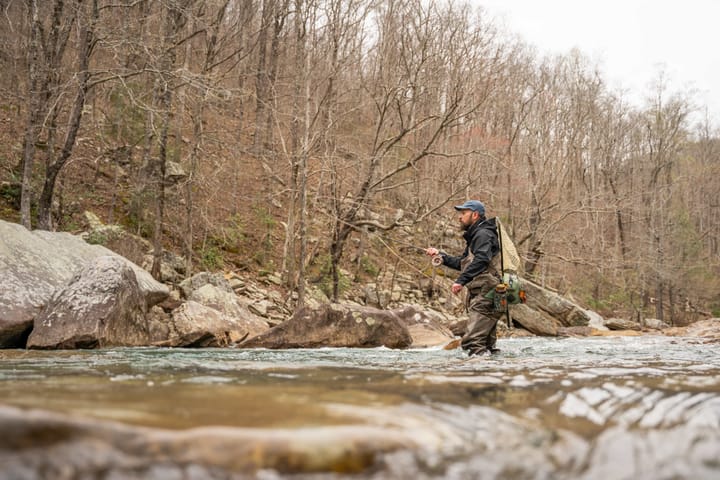

Comments ()